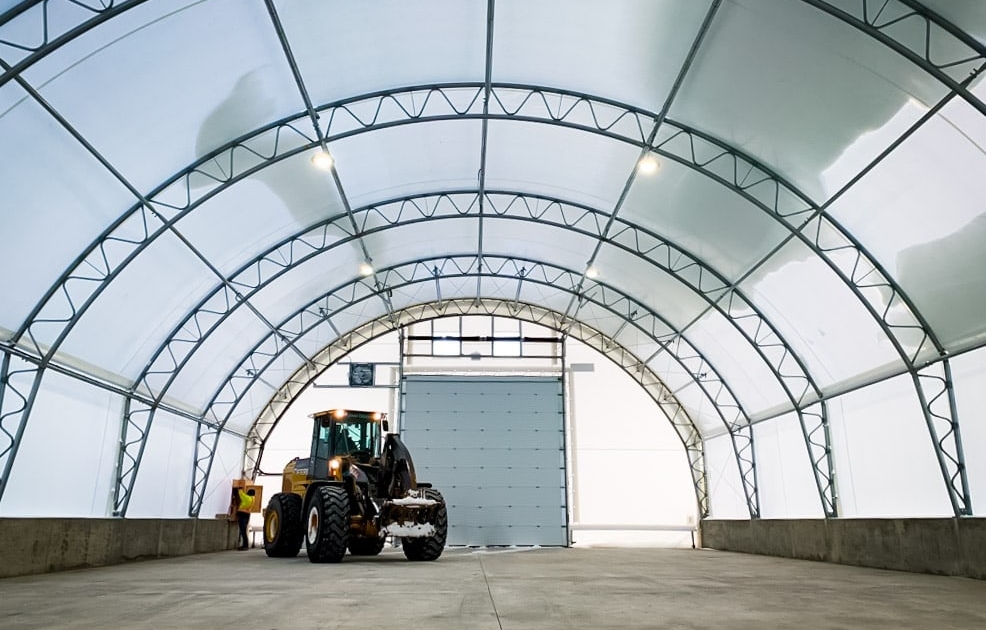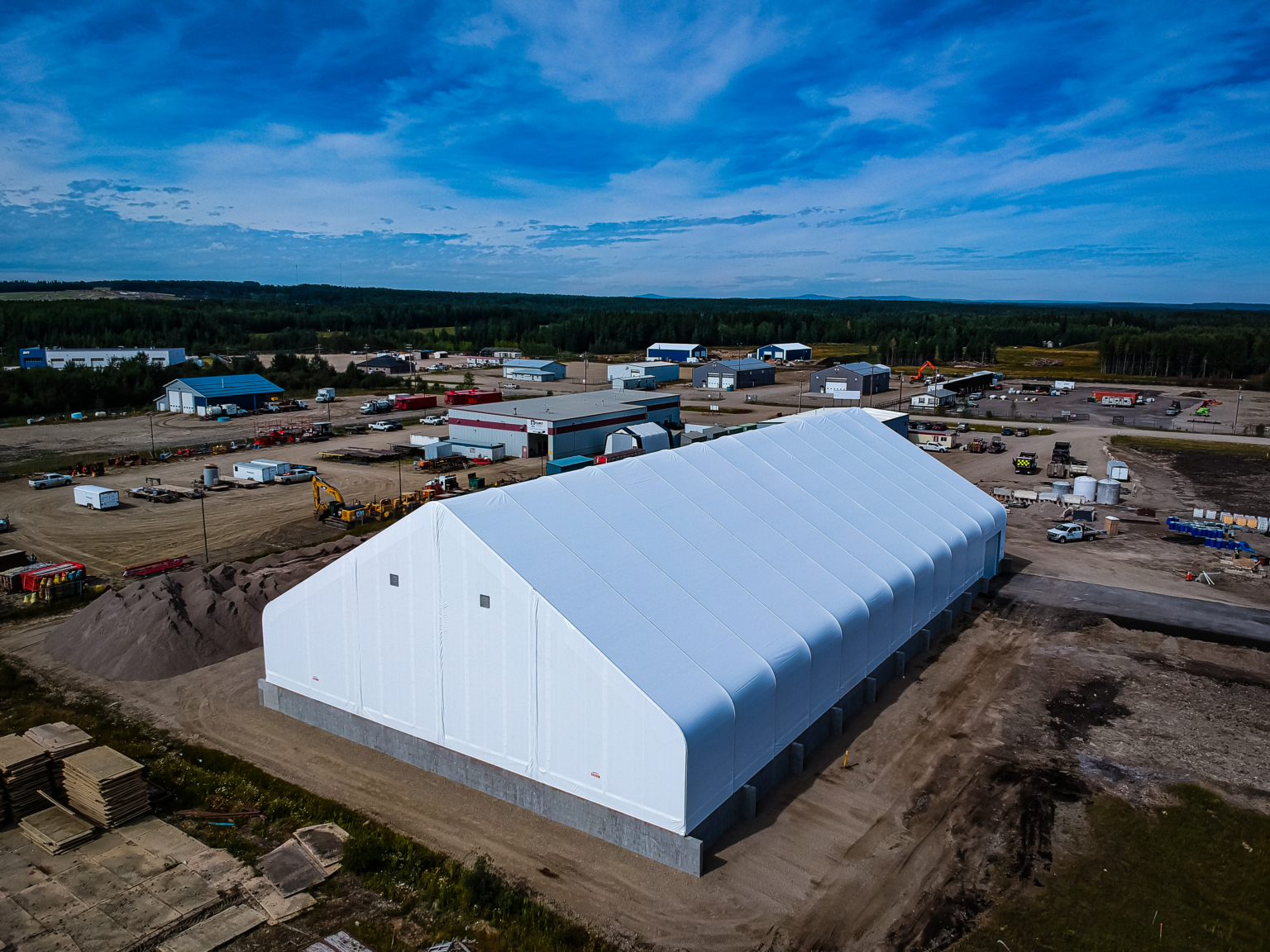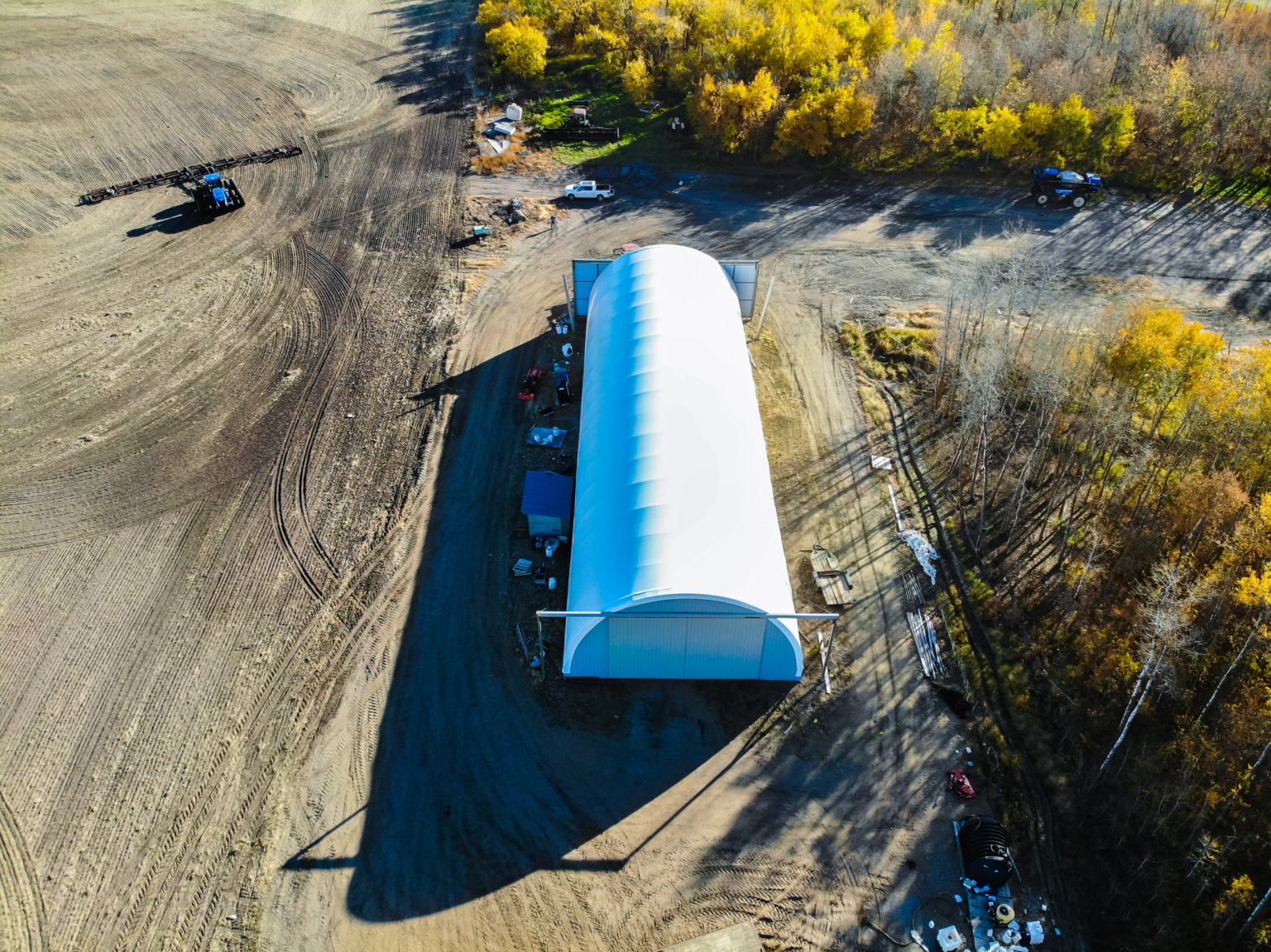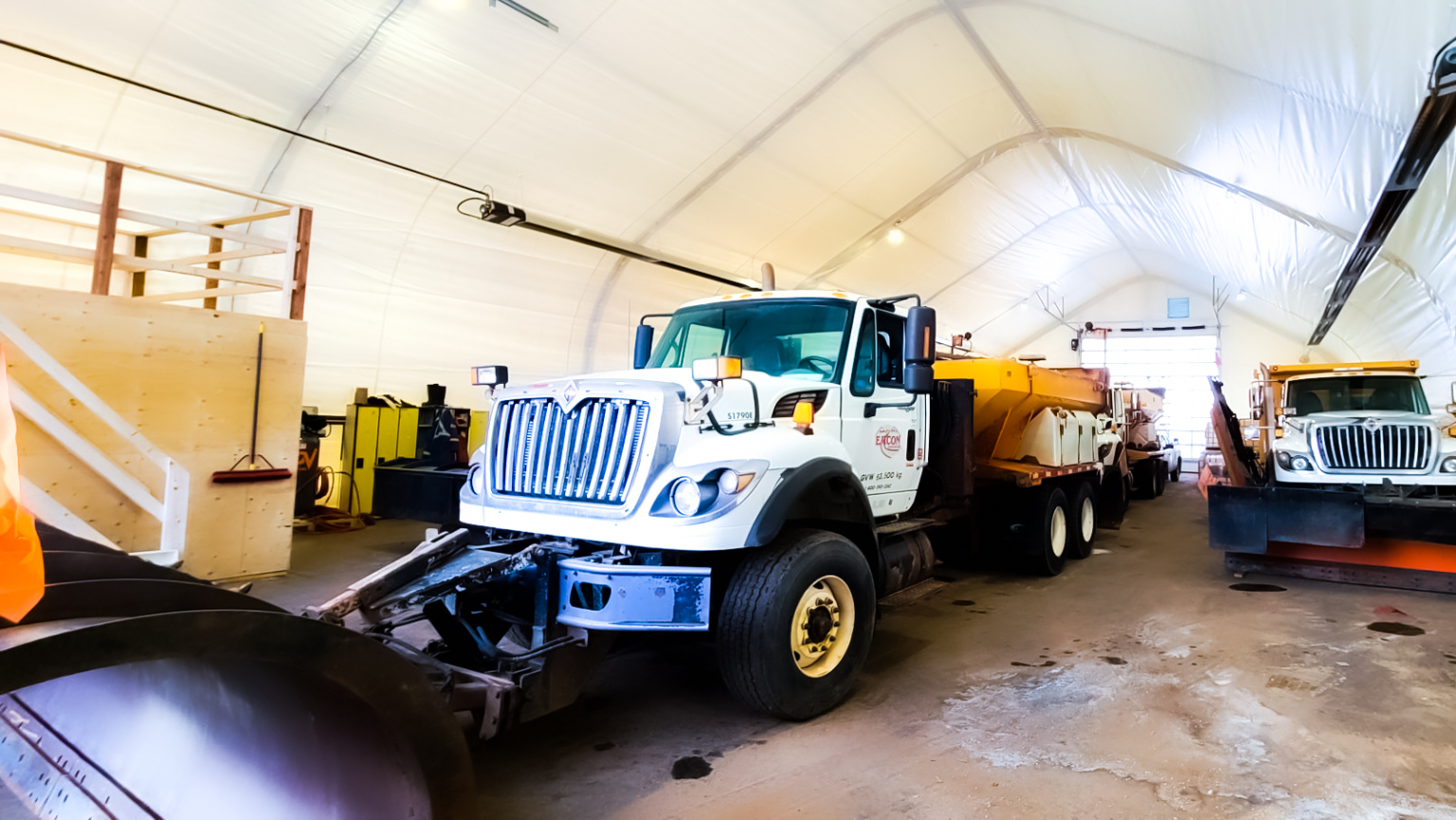When you’re looking to build a new structure, you have several options. You can go with a traditional brick-and-mortar building, or you can opt for something more efficient and modern like a fabric building. Fabric buildings are an alternative to traditional construction techniques, and offer several advantages over other types of buildings.
What Is A Fabric Building?
A tension fabric building is a structure made of fabric stretched over a steel frame. It’s often used in places with limited construction options or when a project needs to be completed quickly.
This type of structure is used for a wide range of applications, including building offices and retail spaces, manufacturing facilities, schools and universities, hospitals, warehouses, factories, agriculture storage units and even sports arenas.
Tension fabric buildings are durable enough to withstand heavy traffic loads while remaining lightweight enough to move around easily if needed — so they’re good choices for temporary structures like movie sets, and permanent ones like warehouses and offices.
Fabric buildings could be described as “the future of construction,” and for good reason — they offer various benefits over other building materials, from durability to a lower environmental impact. But what about the costs? Can fabric buildings still be cost-effective?
Where Fabric Buildings Can Save You Money
First, let’s define “cost-effective.” We’ll use the term to refer to both the initial price of a project and its long-term operating cost.
While it’s tempting to compare fabric buildings directly with concrete or steel structures — and sometimes even wood — it’s important to consider all the factors that influence those prices. In addition to material costs (which vary widely for different materials), there are labor, maintenance, electricity, and ventilation costs that need to be factored in before deciding if a fabric structure is reasonable for your needs.
Material Costs
While steel framing is typically more costly than wood framing, wood buildings account for a significant portion of waste overages and sheathing. With wood and metal, you need to factor in corrosion, pests, mold, warping, or rot, which increases maintenance cost and hurts your overall ROI. That’s where fabric buildings come in. The hot-dipped galvanized steel framing will never rust or corrode and the fabric material increases efficiency as it allows natural light and airflow. The fabric is also recyclable!
Labor Costs
Tension fabric structures are lightweight and are simple to construct. Not only do they save you money in labor costs, but they can also be an effective option when you’re on a tight timeline. Fabric structures can be installed in a fraction of the time of a wood or steel structure. On a 20,000-square-foot or larger facility, this could equate to hundreds of person-hours, saving you thousands of dollars in the long term.
Maintenance Costs
Fabric buildings are pretty low maintenance. But if an accident does happen, fixing it doesn’t cost an arm and a leg. On average, repair costs can be as low as $2 per square foot for fabric buildings, whereas replacement steel can cost up to $7 per square foot. This not only saves money on materials but on labor as well. The biggest benefit to cheap and easy repairs is that you don’t lose valuable operating hours waiting for things to run smoothly!
Heating and Ventilation Costs
As energy prices continue to rise, many business owners are looking for ways to save, and a fabric building could be key!
Fabric buildings typically range from 16% to 19% translucency, which means the interior receives a lot of natural light. This means less money on electricity! Heating and cooling costs are significantly higher in traditional buildings because the heating and cooling units must work harder, but because fabric buildings are naturally non-conductive, their interiors remain cooler on hot days and warmer on cool days.
Furthermore, because they do not require central heating or cooling, fabric buildings use less energy than traditional buildings. This means that instead of heating or cooling entire areas at once, small heating or cooling units that adjust themselves based on the temperature inside the building can be used.
If you’re looking to build a building that’s sturdy, energy efficient, and cost-effective, look no further than fabric buildings from Edge Inc. We offer a wide range of options for your building needs. We’ve got you covered whether you’re looking for a small shed or a large warehouse.
We believe that the best way to get the most out of your building is to work with a provider who knows their business inside and out. That’s why we work hard to stay on top of the latest trends in technology and why we’re always looking for new ways to make our services more efficient.
We’re not just a building-on-demand provider — we’re an innovator in the industry, and we’re proud of it. Contact us today and get your fabric structure building now!






